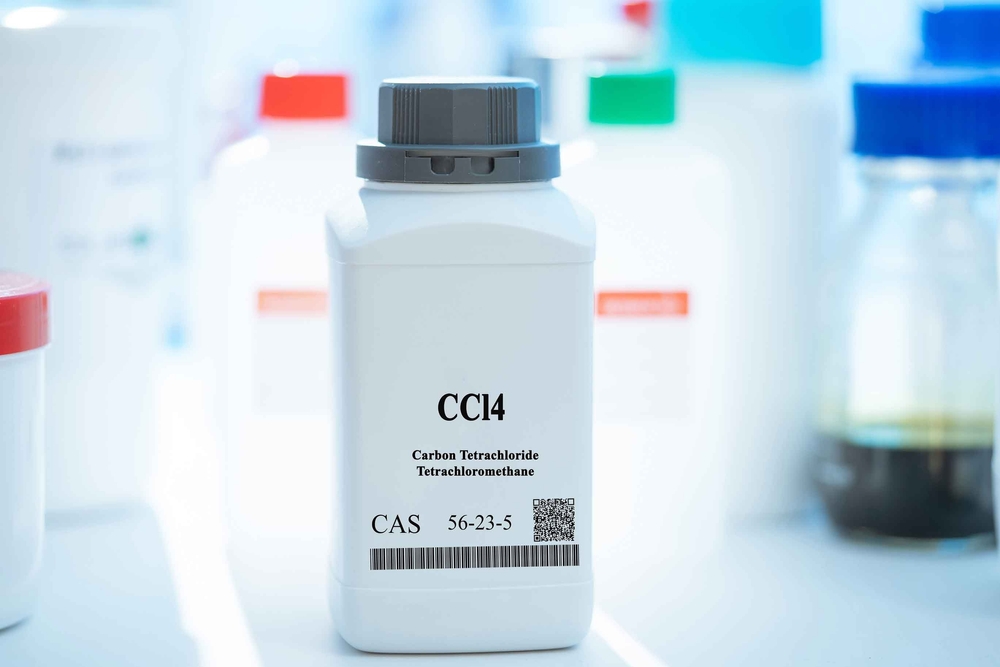On July 17, 2023, the EPA announced proposed new regulations for the solvent carbon tetrachloride (CTC). The proposed regulations would impose new restrictions and ban some uses of CTC to better protect workers and communities.
CTC is a solvent used in commercial settings as a raw material for producing other chemicals like hydrofluoroolefins (HFOs) used in refrigerants, aerosol propellants, foam-blowing agents, chlorinated compounds, and agricultural products. Requirements under the Montreal Protocol and the Clean Air Act (CAA) resulted in the phaseout of CTC production in the United States in 1996 for most domestic uses that didn’t involve manufacturing of other chemicals, and the U.S. Consumer Product Safety Commission banned the use of CTC in consumer products in 1970.
“The science is clear. Exposure to [CTC] is dangerous and we have a responsibility to protect the public from the risks it poses,” said Assistant Administrator for the Office of Chemical Safety and Pollution Prevention Michal Freedhoff in an Agency news release. “Today’s proposal is an important first step to ensuring [CTC] can be used safely by workers and that surrounding communities are protected.”
The EPA proposed regulations would:
- Prohibit several uses of CTC that have already been phased out.
- Create strict workplace protections to ensure that, for the remaining uses, workers won’t be harmed by CTC use.
- Require manufacturers (including importers), processors, and distributors to notify companies CTC is shipped to of the prohibitions and to keep records.
If finalized, the rule would require a workplace chemical protection program (WCCP) that includes an existing chemical exposure limit (ECEL) of 0.03 parts per million (ppm) as an 8-hour time-weighted average to address risk from inhalation exposure in combination with direct dermal contact controls for several conditions of use, which account for essentially all the production volume of CTC. For laboratory use, the EPA is proposing to require use of a fume hood and personal protective equipment (PPE) to protect skin.
“In its 2020 risk evaluation, EPA determined that CTC presents an unreasonable risk to health, including liver toxicity and cancer from chronic inhalation and dermal exposures, largely to workers and occupational non-users (workers nearby but not in direct contact with this chemical),” the Agency news release says. “EPA also identified potential risks to fenceline communities (population in close proximity to source of pollution) from CTC in its 2022 fenceline screening analysis for the ambient air pathway.”
“As described in the 2022 revised unreasonable risk determination for CTC, two conditions of uses do not drive the unreasonable risk: distribution in commerce and processing as a reactant/intermediate in reactive ion etching,” says the EPA CTC website. “EPA is not proposing any restrictions for the processing of CTC as a reactant/intermediate in reactive ion etching. … In the final revised risk determination, EPA determined that CTC presents an unreasonable risk of injury to human health under its conditions of use. The unreasonable risk determination was driven by 13 of the 15 conditions of use EPA evaluated.”
The proposed rule is the fourth proposed risk management rule under the amended Toxic Substances Control Act (TSCA).
Following publication in the Federal Register, the EPA will accept public comments on the proposed rule for 60 days under Docket #EPA-HQ-OPPT-2020-0592.

